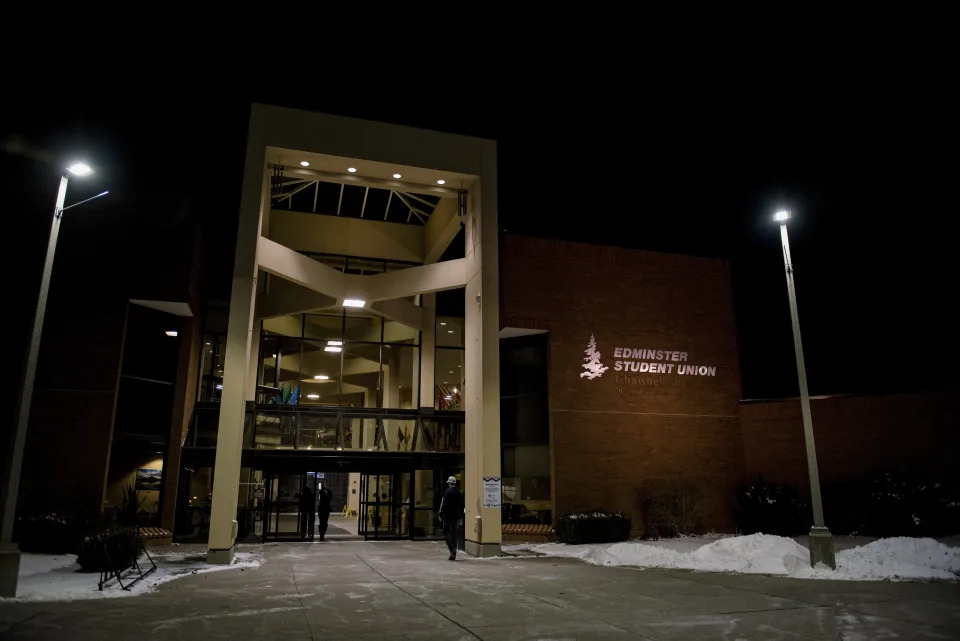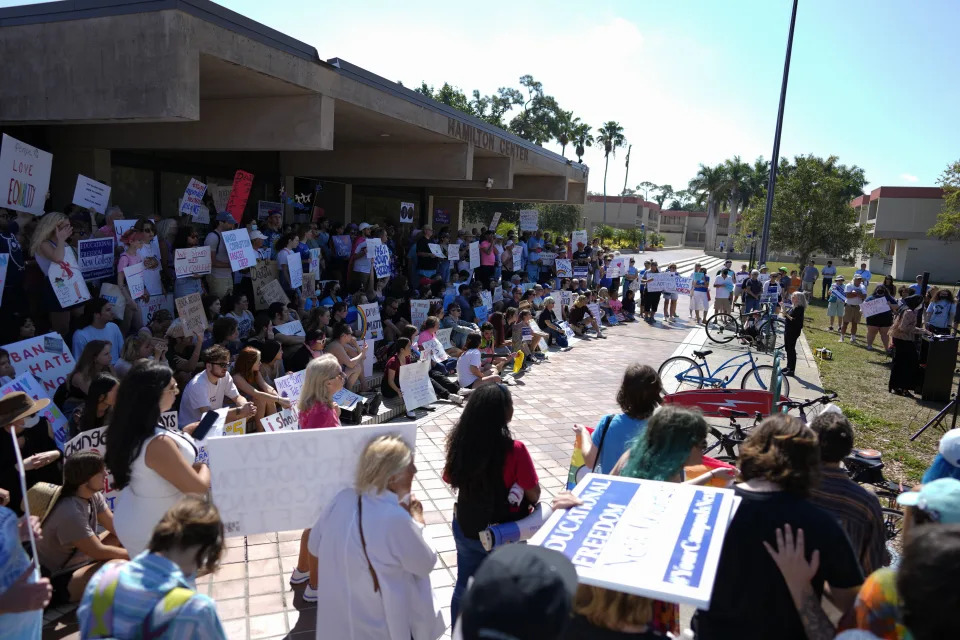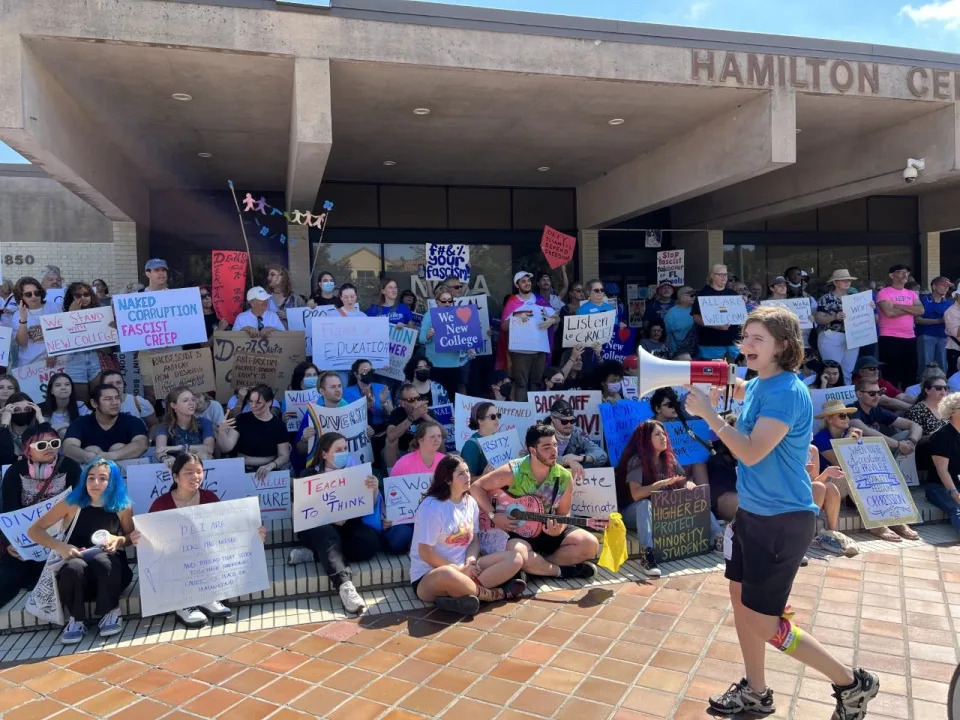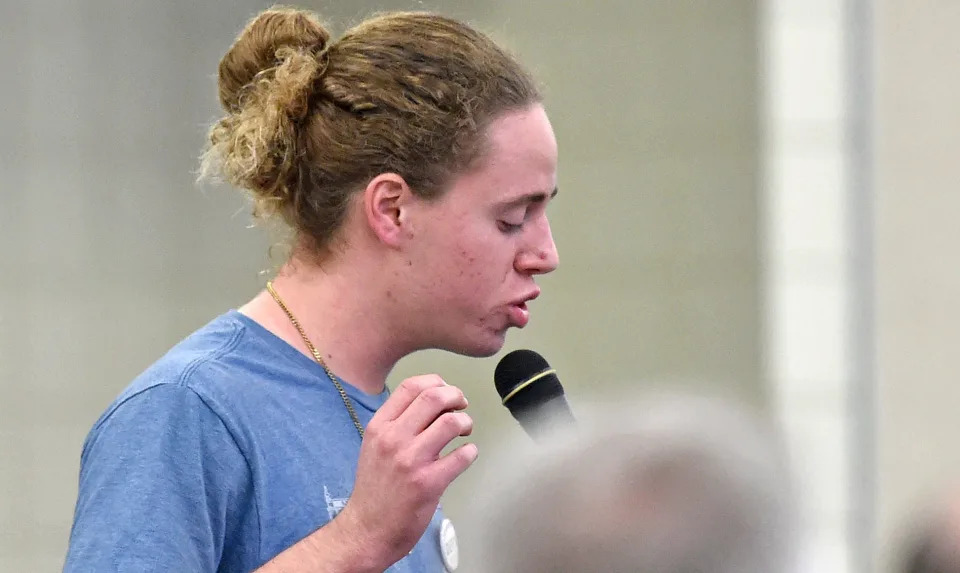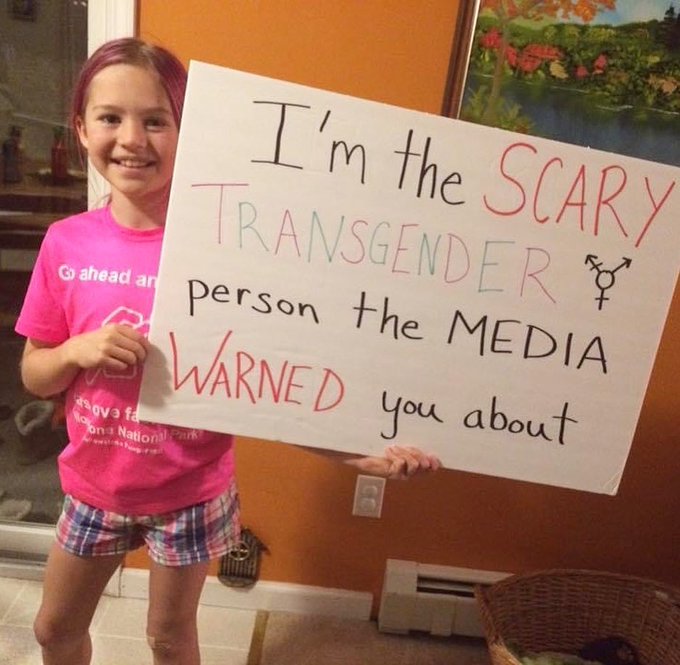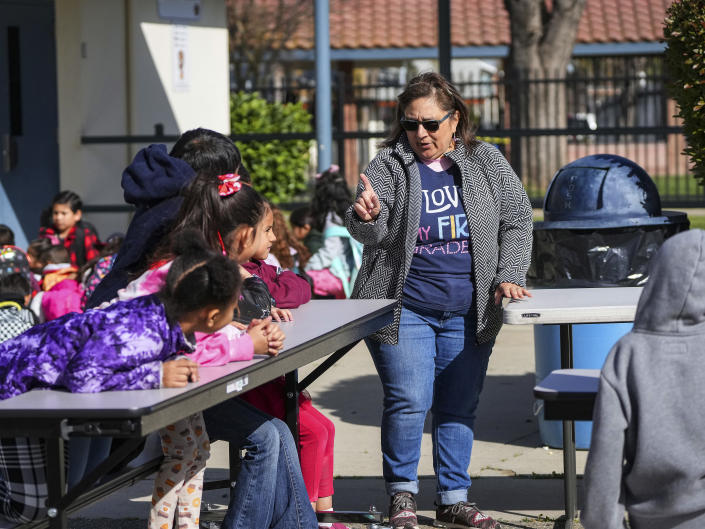Yahoo! Finance
Lawmakers unveil plan to keep Americans from claiming Social Security too early
Ben Werschkul, Washington Correspondent – March 6, 2023
Why you should delay Social Security benefits
Yahoo Finance columnist Kerry Hannon makes the case for why retirees should delay their Social Security benefits to age 70.
A bipartisan group of senators launched a multi-pronged effort this week to help Americans make better decisions about when to claim their Social Security benefits.
A letter and legislation released Monday said that Americans are confused about their options and that the Social Security Administration (SSA) needs to do a better job at communication — including bringing back paper statements.
“We believe that SSA should take more proactive measures to provide Americans with the tools and resources to determine how best to set themselves and their families up for financial security in retirement,” wrote Sens. Bill Cassidy (R-LA), Chris Coons (D-DE), Susan Collins (R-ME), and Tim Kaine (D-VA) in the note.
Monday’s announcement comes after years of discussion on the issue. Groups like the Bipartisan Policy Center have pushed for reforms for years and were cited in Monday’s letter. In a 2020 report, the group said many people are hurting their long-term financial security by claiming Social Security too early.
Americans are jumping in ‘at a financially sub-optimal time’
The Social Security program gives retirees an option of when to start getting their checks. They can begin as early as age 62, but with a trade-off: Those monthly benefits are locked in at a lower rate for the rest of their lives. The benefit amount gets bigger the longer you wait to claim, topping out with maximum benefits for Americans who wait until age 70.
That decision has far-reaching implications and experts say many Americans are getting it wrong by claiming too early.
A recent study from a group called United Income — also cited in Monday’s letter — estimates that retirees collectively lose $3.4 trillion because they claim Social Security “at a financially sub-optimal time” That works out to $111,000 per household.
The problem, experts say, is that Americans don’t fully understand the consequences of their choice even though more than half of 65-or-over households rely on Social Security for a majority of their income.
A central recommendation released Monday is around changing the nomenclature. Currently, seniors are presented with what these four senators say are a battery of confusing terms from “early eligibility age” to “full retirement age” to “delayed retirement credits.”
Instead, the lawmakers say, Americans should be given a choice among “minimum benefit age,” “standard benefit age,” and “maximum benefit age.”
The bill also includes a push to redesign and bring back paper statements to Americans.
After years of blasting out millions of letters each year, the agency cut back in the last decade and now largely only reaches out to Americans via the U.S. Postal Service when they are over 60 and not receiving benefits.
If the legislation is enacted, all Americans in the workforce would get updates of where they stand and an explanation of their options at least every five years with the frequency increasing to annual notes after age 60.
Why are Americans claiming so early?
The letter from Capitol Hill also asks the agency to analyze why so many Americans claim benefits early and to outline its plans to “educate the public about the trade-offs of early versus delayed claiming.”
A 2019 release from the SSA laid out how age 62 remains the most common age for Americans with nearly 35% of men and 40% of women jumping into the program then.
But some of the reasons that Americans are interested in getting money as early as possible may also have to do with the uncertain future of the Social Security program as is does with any lack of education. A recent government trustees report found that, with no action from Congress, Social Security only has the funds to continue paying out 100% of benefits through 2034. After that, benefits could be decreased by around 24%.
https://flo.uri.sh/visualisation/10885096/embed?auto=1
In addition, Social Security has been a central issue in the ongoing debt ceiling fight. Democrats have charged that Republicans are looking to cut benefits in return for raising the debt ceiling. Most in the GOP adamantly deny this claim.
Polling has shown again and again that Americans are keenly aware of the perilous state of the program. In just one example, an AP-NORC poll in 2019 found that only 24% of Americans were confident Social Security would be able to pay out at least the same benefits in five years that it was paying out then.
Also in Washington, bipartisan talks are underway to shore up the program and give Americans more confidence. In recent months, those talks have been led by Sen. Cassidy (one of the co-signers of Monday’s letter) and Sen. Angus King (I-ME). In a statement Friday, the senators offered an update on those talks, noting that a dozen of options remained under discussion.
They pledged that “what we are discussing, millions would immediately receive more, and no one would receive less.” They hope to have “a fully developed plan” that can be released and debated in the months ahead.
Ben Werschkul is Washington correspondent for Yahoo Finance.

